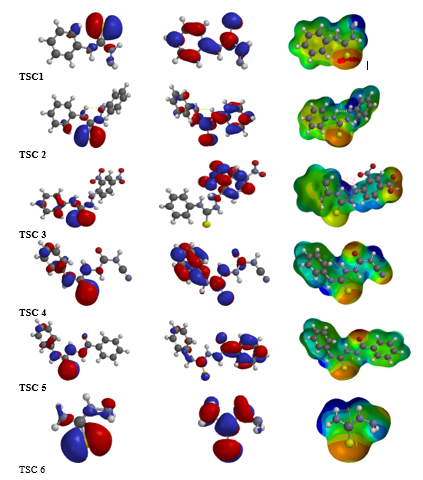Corrosion Inhibition Potential of Thiosemicarbazide Derivatives on ALuminium: Insight from Molecular Modelling and QSARs Approaches
Keywords:
DFT, corrosion inhibitors, QSARs, ThiosemicarbazideAbstract
The potentials of six thiosemicarbazide derivatives towards corrosion inhibition were investigated theoretically using density functional theory (DFT) and quantitative structural-activity relationships (QSARs) methods. Their performance as corrosion inhibitors were evaluated using their calculated quantum chemical parameters such as molecular weight, softness, electronegativity, dipole moments, hardness, bandgap energy (\Delta E), highest occupied molecular orbital energy (EHOMO), and the lowest unoccupied molecular orbital energy (ELUMO). Regression analysis was carried out using the ordinary least square method to develop a model that establishes the relationship between chemical parameters and inhibition efficiencies that have been measured experimentally. According to the results, quantum chemical parameters confirm the inhibition potential of TSC5 to be greater than TSC2, while the predicted inhibition efficiencies of the studied thiosemicarbazide derivatives correspond to experimentally reported values with a root mean square error (%) of 1.116 and correlation coefficient of 0.998. The high correlation demonstrates and validates the quantum chemical approach’s reliability in studying corrosion inhibition on a metal surface. The validation of the developed model internally and externally demonstrates that it is robust and stable, with high predictability

Published
How to Cite
Issue
Section
Copyright (c) 2023 B. T. Ogunyemi, F. K. Ojo

This work is licensed under a Creative Commons Attribution 4.0 International License.




